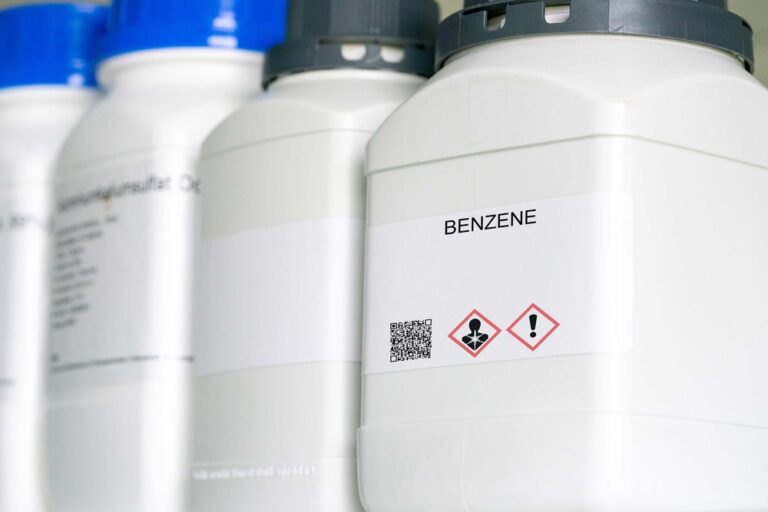An EPA Office of Inspector General (OIG) report, dated September 6, 2023, recommends that the EPA enhance oversight to ensure all refineries remain in compliance with benzene fenceline monitoring regulations.

“Oversight by the EPA and delegated authorities has not ensured that all refineries that exceed the action level reduce their benzene concentrations at their fencelines,” the report states.
Benzene is a hydrocarbon that’s known to cause cancer with repeat exposure. When inhaled in large quantities over a short period of time, it has been shown to impact the central nervous system and irritate the eyes and throat. Symptoms include rapid heart rate, headaches, and dizziness.
Multiple sources at refineries emit benzene, including equipment leaks, storage tanks, and wastewater treatment.
The OIG report states that “from January 2018 to September 2021, 13 of the 118 refineries we reviewed had benzene concentrations above the action level in 20 or more weeks after the initial exceedance. Many of these refineries are located near communities with potential environmental justice concerns. Furthermore, three of these 13 refineries had not reduced their annual average concentration to the action level or below.
“These refineries may not have accurately identified the root cause of their exceedances or taken appropriate corrective actions. Despite the existence of potential issues, the EPA and delegated authorities took limited formal enforcement-related actions at refineries under the benzene fenceline monitoring regulations.”
Regulations requiring petroleum refineries to measure benzene concentrations in the ambient air through a network of monitors installed around their fencelines were established in 2015. The regulations also mandate that refineries take corrective actions if the benzene concentrations exceed a certain level, referred to as the action level, which is set at 9 micrograms per cubic meter (µg/m3) on a rolling annual average basis.
“The action level of 9 µg/m3 is not based on risk to nearby communities or any health-based standard,” the OIG report continues. “Rather, it was determined based on EPA-conducted modeling of refinery-reported benzene emissions. This modeling assumed that refineries are complying with all pollution control requirements for benzene emissions. Specifically, based on its modeling, the EPA determined that refineries would not have benzene concentrations at their fencelines above 9 µg/m3 if they are complying with all benzene pollution control requirements.
“We identified barriers that could prevent the EPA and delegated authorities from determining whether refineries exceed the action level. For example, some refineries have EPA-approved monitoring plans that rely solely on modeling—instead of on additional monitoring, as required by EPA regulations—to estimate contributions to benzene concentrations from emissions sources not covered by the monitoring regulations. Modeling could overestimate benzene contributions from these other sources and mask whether a refinery has exceeded the action level.”
Exceeding the action level isn’t in and of itself a violation of the regulations. However, it triggers a legal obligation for a refinery to take action to lower its benzene concentrations, which includes conducting a root cause analysis to identify why the benzene concentration is elevated and then take initial corrective action to correct the identified problem.
“Of the 18 refineries that exceeded the minimal risk level … nearly 80 percent are in communities with environmental justice concerns,” the report adds. “Specifically, 14 of the 18 refineries are in communities with higher-than average percentages of people of low income and/or people of color, which are demographic indicators of communities with environmental justice concerns.”
The OIG report recommends that the EPA provide guidance to delegated authorities on what constitutes a violation of the regulations and how to identify gaps in refinery-submitted data, develop a strategy to address refineries that fail to reduce their benzene concentrations after an exceedance of the action level, and ensure monitoring plans that rely solely on modeling are appropriately amended to incorporate additional monitoring.
The EPA has agreed with the recommendations in the report and provided acceptable planned corrective actions with estimated milestone dates.